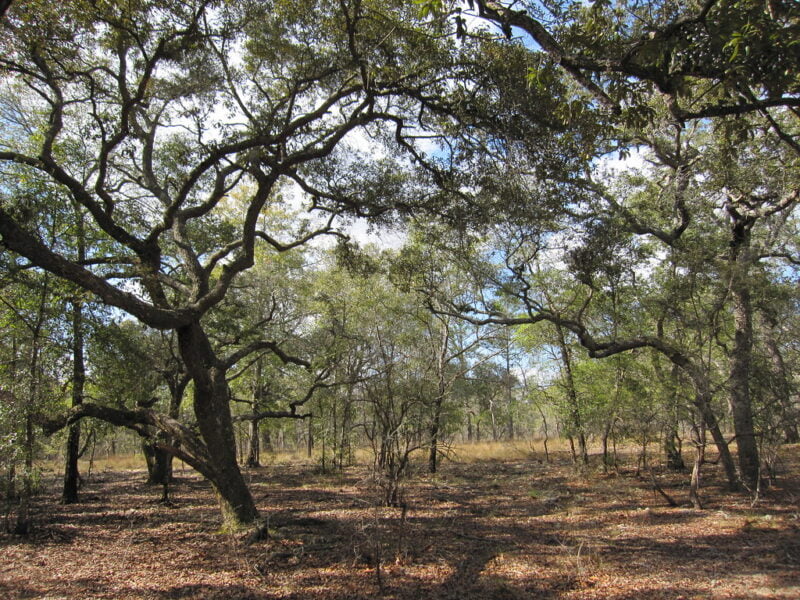Quercus geminata, commonly known as the Sand Live Oak, is a prominent feature of the unique dune-like ecosystems of the central Florida Lake Wales Ridge.
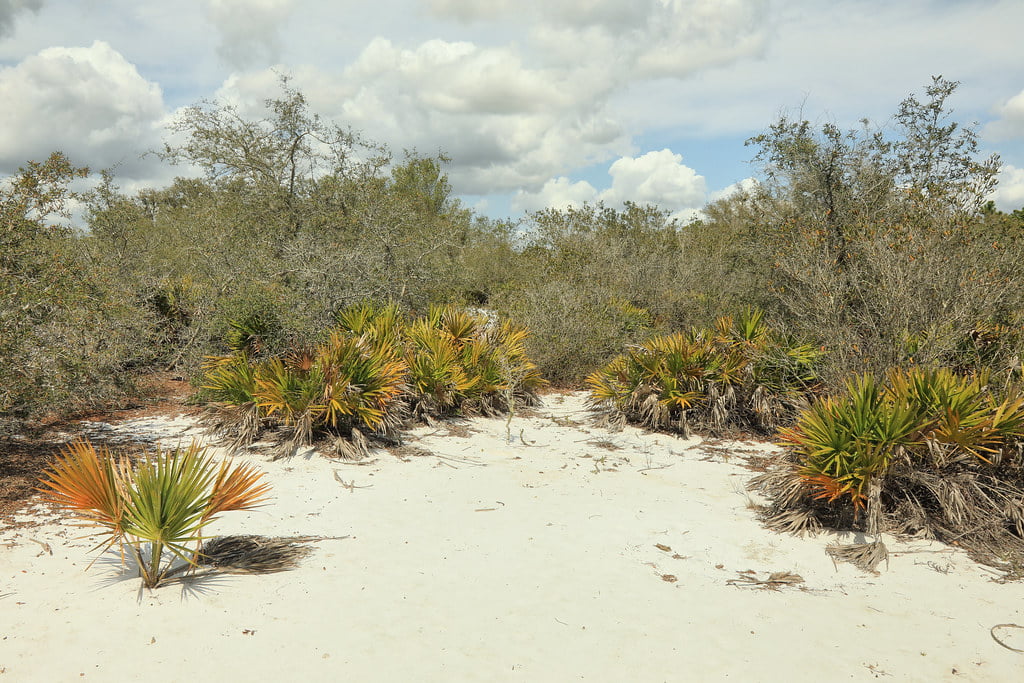
This ecosystem, boasting a rich diversity of plant and animal species, owes much of its structure and function to the resilient and adaptive nature of Quercus geminata. The potential applications of this species in restoring and stabilizing other fragile ecosystems, including the arid desert landscapes of places like Saudi Arabia, are starting to be recognized.
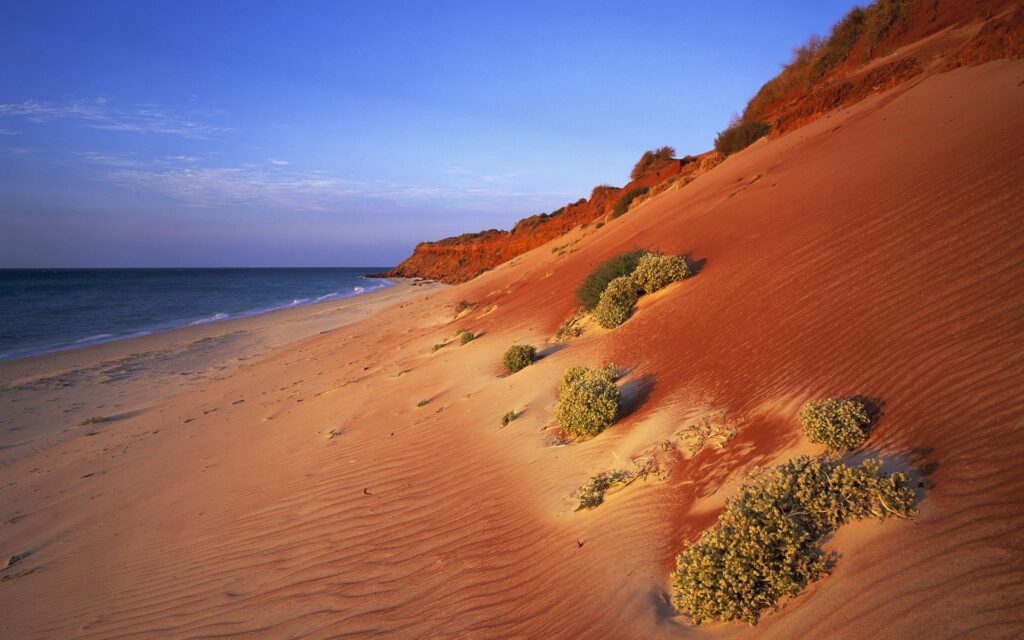
Role in Lake Wales Ridge
The Lake Wales Ridge, with its well-drained sandy soils to hundreds of feet of depth and its elevated terrains, presents a distinct set of environmental conditions very much like a desert. Quercus geminata has adapted to thrive in this setting, demonstrating significant tolerance to drought and fire. The tree’s extensive root system anchors the sandy soil, preventing erosion and maintaining the unique dune-like structures characteristic of this region.
The leaf litter of Sand Live Oak is also the least flammable of the oaks in the U.S. Southeastern Forest, making it the safest choice for arid regions like the Levant.
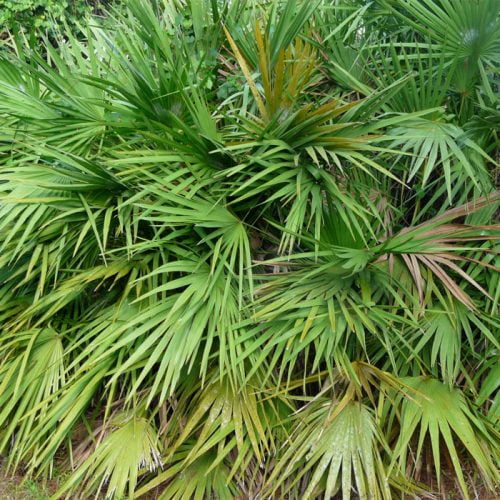
5 Florida-Native Saw Palmetto Seeds (Serenoa repens)
Saw Palmetto Seeds: Embark on a botanical journey with these native gems, perfect for cultivating a piece of Southeastern U.S. wilderness in your own space.
Includes 5 Saw Palmetto drupes. USDA Zones 8-11. 100% dormant/hardened.
The dense canopy of the sand live oak provides shelter and habitat for a myriad of animal and plant species. It contributes to the biodiversity of the Lake Wales Ridge, creating a microhabitat where various organisms coexist, contributing to a complex, well-balanced ecosystem.
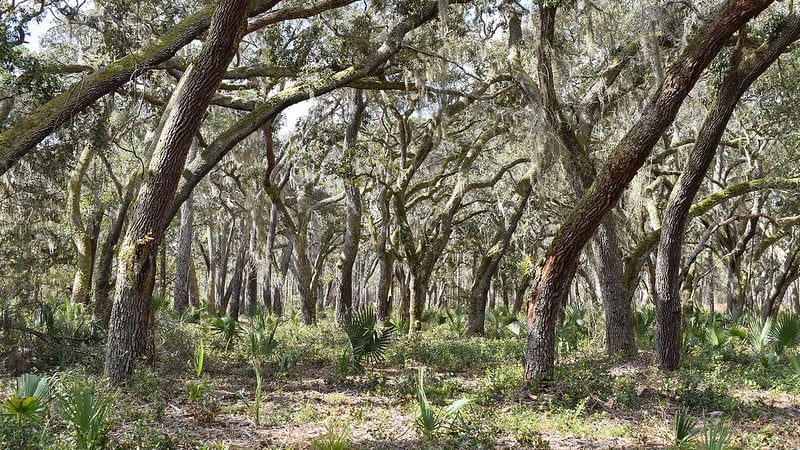
Camelops
In the distant past, the Lake Wales Ridge in Florida was home to a diverse range of megafauna, including camel-like animals. These creatures, known as Camelops, resembled modern camels but were a distinct genus that lived in North America during the Pleistocene epoch, around 2.588 million to 11,700 years ago.
Camelops, along with many other large animals like mastodons, mammoths, and giant ground sloths, became extinct during the Quaternary extinction event. The causes of this mass extinction are still a topic of debate among scientists, with hypotheses ranging from overhunting by humans to climate change, or a combination of several factors.
The extinction of these large animals, including the camel-like Camelops, led to significant changes in the ecosystems they inhabited, including those on the Lake Wales Ridge. The reintroduction of large herbivores or their ecological equivalents is sometimes considered in modern conservation and restoration ecology to restore ecological processes influenced by these extinct animals.
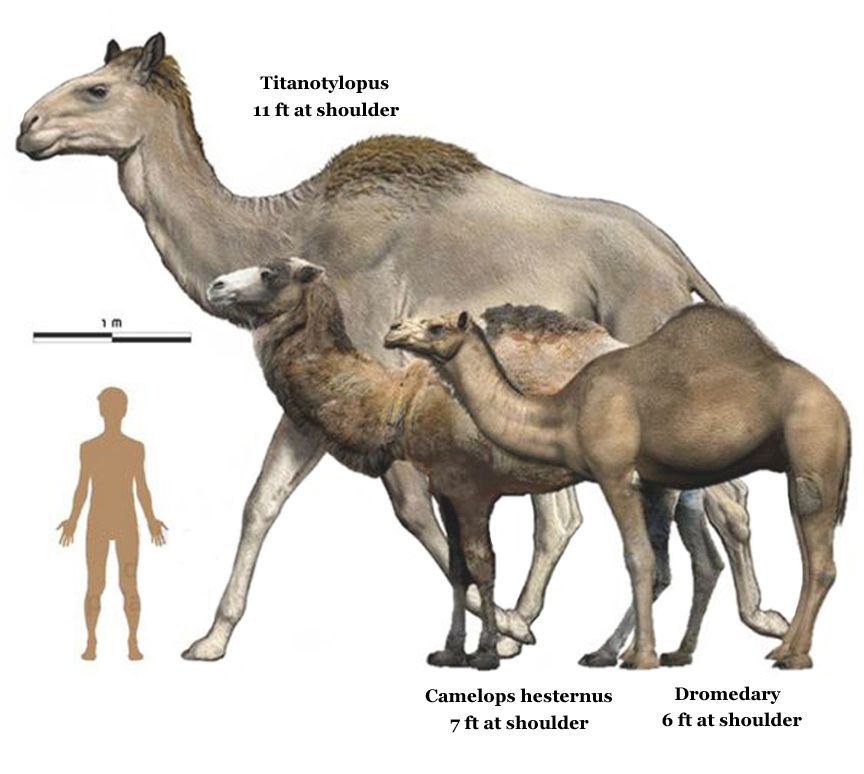
Potential Application in Desert Restoration
The resilient nature of Quercus Geminata offers promising prospects for ecological restoration efforts in desert regions, such as in Saudi Arabia.
The kingdom is actively exploring innovative solutions to combat desertification and enhance biodiversity. Sand live oak’s adaptability to adverse environmental conditions, specifically its drought tolerance, makes it a potential candidate for these initiatives.
Planting Quercus geminata in arid regions could offer several benefits. Its root system could stabilize sandy soils, reducing the spread of deserts. Additionally, by establishing a microhabitat, it could facilitate the reintroduction of native plant and animal species, enhancing biodiversity and ecological resilience.

The Adventures of Johnny Butterflyseed – Author Signed First Edition Children’s Book
Save the monarchs!
Johnny Butterflyseed and his fairy friend, Raven Silverwing, embark on a mission to save the rapidly disappearing butterflies. They enlist the help of Queen Venus Goldwing and her kingdom of monarchs to educate and inspire kids to become butterfly farmers. At first, Johnny faces his own internal struggle with self-doubt and fear in his ability to make a difference, but then soon develops a mindset that allows him to not only get started, but also make progress one day at a time. Through challenge after challenge, Johnny learns that he is not alone in his mission and that there are many people who want to help. Together, Johnny, Raven, and Queen Venus educate thousands of children on becoming butterfly farmers.
Top 10 Benefits of Sand Live Oak to the Levant Region
The Sand Live Oak (Quercus geminata) can offer a multifaceted array of values to regions like Saudi Arabia, given its diverse utility and ecological benefits.
Here is Johnny’s comprehensive rundown of Sand Live Oak’s potential contributions:
1. Erosion Control:
- Description: The robust root system of Quercus geminata effectively anchors soil, reducing erosion and stabilizing landscapes.
- Application: Particularly beneficial in arid regions prone to soil erosion due to wind and occasional heavy rains.
2. Biodiversity Promotion:
- Description: By creating a microhabitat, the tree supports biodiversity, offering shelter and food for various wildlife species.
- Application: Can aid in enhancing the ecological richness of the desert and semi-desert environments.
3. Fuel Source:
- Description: The wood of Sand Live Oak can be used as a source of fuel for heating and cooking.
- Application: A sustainable alternative to non-renewable energy sources, aiding in energy security.
4. Woodworking Material:
- Description: Known for its strength and durability, the wood is an excellent material for furniture, construction, and artisanal crafts.
- Application: Boosts local woodworking and construction industries.
5. Food Source:
- Description: The acorns can be ground into a nutritious flour, serving as a supplemental food source for people.
- Application: Enhances food security and introduces new culinary options.
6. Wildlife Sustenance:
- Description: Acorns serve as a food source for various wildlife species, supporting animal populations.
- Application: Contributes to the stability and diversity of local ecosystems.
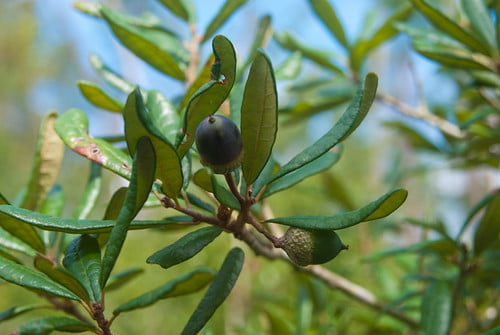
7. Natural Sunscreen:
- Description: The dense foliage offers significant shade, equivalent to a high SPF sunscreen.
- Application: Provides natural cooling effects and UV protection in hot, arid climates.
8. Carbon Sequestration:
- Description: Like all trees, Quercus geminata absorbs CO2, playing a role in mitigating climate change.
- Application: Supports Saudi Arabia’s environmental and sustainability goals.
9. Aesthetic and Recreational Value:
- Description: The tree’s aesthetic appeal enhances the landscape and provides spaces for recreation and relaxation.
- Application: Promotes mental well-being and offers venues for social and recreational activities.
10. Medicinal Uses:
- Description: Indigenous communities have used various parts of oak trees for medicinal purposes, though specific uses would depend on local traditional knowledge.
- Application: Exploration of natural remedies and traditional medicines.
Conclusion
The versatility and resilience of Quercus geminata have proven instrumental in maintaining the intricate dune-like ecosystems of central Florida’s Lake Wales Ridge. These attributes hold promise for broader applications, including the restoration of desert landscapes. By studying and harnessing the adaptive mechanisms of the sand live oak, we can potentially develop effective strategies to restore, sustain, and enhance fragile ecosystems worldwide, contributing to global biodiversity and environmental sustainability.
References
Wunderlin, R. P., B. F. Hansen, A. R. Franck, and F. B. Essig. 2023. Atlas of Florida Plants
PDF Flammability of Litter From Southeastern Trees: Preliminary Assessment
